SEO has taken the online marketing world by storm.
And for good reason:
70% of the links that users click after searching for a keyword are organic.
And 93% of internet users are constantly using a search network to find new businesses and information.
It’s prime real estate for marketers, and everyone wants a piece of the pie.
SEO spending has seen a steady increase over the last ten years and will continue to climb.
So we do a bit of Google searching ourselves to find guides, how-tos, and videos to teach us how to do SEO.
But then we are met with a mind-boggling amount of information.
A quick search for “SEO tactics” brings up 3,610,000 hits.
Even if we had the time to sift through them all (and we don’t), how are we supposed to know which ones work?
Which ones are a waste of time?
It can be a bit overwhelming, to say the least.
But, if you want to drive more inbound traffic, you need to get a handle on SEO.
So what do you do?
In my case, I learned the hard way.
I started my SEO journey back when keyword stuffing was considered the gold standard.
I dove straight into the deep end of SEO without any hesitation and barely made it to the other side.
But along the way, I picked up on some big trends and major mistakes.
And I lived to tell about it, so you can learn from my successes and mistakes.
Here are four things I wish I would have known about SEO when I started.
1. Content marketing is SEO
Headlines today like “Content marketing is the new SEO” or “Content marketing vs. SEO” make it almost impossible to understand this fundamental concept:
Content marketing is SEO.
There seems to be a lot of confusion about SEO and content marketing.
How do they fit together? Are they competing trends? Which one is more important?
The answer is:
Content marketing = SEO. You can’t really do one without the other anymore.
I wish I knew the impact that content marketing had on SEO when I started.
And how important content can be when it comes to building a following for your brand.
78% of consumers prefer getting to know a company through content over advertisements:
70% believe that custom content is the best way to build a relationship with them.
And on average, companies who produce content pieces on their blogs every month will produce 67% more leads.
On top of driving 67% more leads every month, those leads cost 62% less than leads coming from other marketing channels.
And isn’t that what SEO is all about? Organic, inbound leads?
And for less money!?
The point of SEO isn’t traffic or clicks. It’s about generating leads and a positive ROI through inbound methods.
And that means that content marketing should be the coal to your SEO locomotive.
If SEO is all about optimizing your business to drive more inbound traffic, then content marketing is SEO.
The entire goal of content marketing is to drive more inbound traffic at a cheaper rate than other methods.
So, what do you do with that information?
You produce better content more often.
If you want to increase organic search engine traffic, you need to focus on content.
According to Orbit Media, the average length of a blog post in 2016 was 1,054 words.
But, when you correlate that to the length of content that ranks higher on Google, there’s a huge mismatch:
I think that this is one of the biggest problems and reasons why so many new SEO experts will treat content marketing as a secondary objective.
Most people write blog posts that are barely over 1,000 words.
But the top-ranking content is 2,000 words or more.
So when an SEO posts his 1,000-word blog post and drives almost no traffic, it makes sense that content marketing would be a secondary objective, right?
He’s not doing it right, it’s not working, and therefore he doesn’t see the benefit.
And that’s exactly what happened to me.
And I didn’t post often enough to drive traffic:
I was only posting a few times per month.
And now that I’ve become an expert in the SEO industry, I wish I had known this before I started.
I spun my wheels for months and months to later realize that my content strategy was bad.
I didn’t realize it wasn’t a matter of choosing between SEO and content, but rather having a better integration of the two.
Here’s what happened when I started blogging two times per week instead of just once:
My traffic jumped from 46,134 to…
And now I blog multiple times every single day, and my organic traffic has never been better.
More frequent, high-quality pieces will drive more organic traffic.
And don’t let the “high-quality” qualifier freak you out.
There are plenty of ways to create engaging content your audience will want to read.
Keep it original, add an attention-grabbing headline, add in some great photos, and give your readers some actionable items.
2. SEO won’t grow your business instantly
The SEO industry has turned to the shock-and-awe method of attracting new clients.
You see it almost every day if you’re searching for SEO-based content:
Increase traffic by 1,000% now! Our SEO services will drive traffic instantly!
No, it most certainly will not.
Unless it’s some black-hat technique that risks you getting banned.
Or it’s spam-based traffic that will only bounce immediately and destroy your analytics.
Remember what I always preach: Traffic doesn’t matter if it doesn’t lead to an increase in ROI.
SEO is effective, but here’s why it won’t grow your business overnight:
And that isn’t even a static number.
It’s a counter that updates, and gets higher, with each passing second.
Also, I took that screenshot at 11 AM.
There were already 2.45 million posts written before noon!
How do you compete for traffic and build your organic presence online while competing with 2.45 million other posts?
According to Forbes, most SEO agencies will tell customers that SEO will drive results in four to six months time.
And that’s based on a number of factors, like how well your website works, how much content there is, how many links you use, etc. (all the things we’ve been talking about).
Something to note here, though, is that this is just the beginning of a compounding effect.
SEO will continue to grow your traffic as ranking factors increase and strengthen your content.
3. Technical SEO is critical for success
When I first started my SEO journey, I thought that keyword research was the end-all-be-all.
I simply researched a keyword, dropped it into my title, URL, and WordPress plugin and I was good, right?
I could expect tons of traffic from that keyword.
And maybe that could happen for you, but that’s nowhere near where the SEO process ends.
Technical SEO should be a massive aspect of your SEO strategy.
Technical SEO focuses on how well search engine spiders can crawl your content.
Hint: the faster, the better.
Which reminds me: my sites used to be slow.
Or, maybe more accurately, not as fast as they could’ve been.
And Google’s latest report tells us that being slow is not good for SEO:
On top of that, time to first byte is a huge ranking factor. The highest ranking sites have a low time to first byte:
And Google says most of us don’t hit the mark on that metric:
So unless you want higher bounce rates and lower rankings (and you don’t), you need to fix these ASAP.
Here’s how you can tune up your site to take advantage of faster speeds and better technical SEO.
First, you should start by analyzing your website for any issues.
I like to use GTmetrix.
GTmetrix is great because it’s a free tool that can give you tons of insights into your website speed and actionable ways to improve it.
To get started, type in your website URL and hit Analyze:
The report should only take you about 30 seconds to load and will scan your entire site for useful data like page speed:
It will then give you a basic overview of how your website performed according to the tests:
Things like page speed, load time, requests, and page sizes.
Now, here’s the good part:
If you rank low on these scores, it’s not the end of the world.
This report gives you everything you need to be able to fix your technical issues:
It will rank everything by the “Grade” given and help you prioritize your efforts on fixing serious items that could be driving visitors away.
Simply click on one of the recommendation items to bring down a list of potential areas to start fixing:
Highlighted action items will help you know exactly what is causing the problem.
If you’re not sure what these mean (and trust me, I still don’t know half of these), simply click “What’s this mean?” to get directed to a tutorial page to fix each item on your list.
4. Backlinks are necessary for ranking high
When I first started SEO, I was a young entrepreneur looking to grow my businesses.
But, I was completely unaware that backlinks were a huge part of ranking high in organic search results.
And I definitely didn’t know how Google uses backlinks to determine the quality and topical relevance.
On top of that, I was a newbie when it came to outreach.
So, you could call it the perfect storm of mistakes.
But this one was an important mistake to fix.
Backlinks are crucial, according to Search Engine Journal, which states that it’s a top four ranking factor.
And it’s no secret that the top content in a given search results page has tons of backlinks:
Matthew Barby worked with AccuRanker and Ahrefs to sift through 1,000,000 web pages to find that data.
And here are two of the main Google Ranking Insights that he found from this incredible data:
Here’s the key takeaway from this data set:
More backlinks from diverse sources is a critical ranking factor.
And it’s easy to understand that with a simple test on your own.
Search on Google for a given keyword, like “Content Marketing” and click the first result:
Now copy the URL and head over to Moz’s Open Site Explorer to plug that URL into the search bar:
Hit “Search” and inspect the backlink totals for this specific page:
Over 12,500 external links pointing back to this first ranked piece on Google.
This is something that I wish I had known when I started my SEO career.
I often produced great content, but never took the time to get links on my own.
I just assumed my content would rank high because it was good. I was dead wrong.
So, how do you go about getting backlinks to your content to improve SEO?
Here’s my favorite method.
Dead-link prospecting
Never heard of it?
Here’s how it looks:
First, you browse industry-related sites for broken links.
Then, email the site’s webmaster to alert them of the broken links.
While doing this, simultaneously pitch your related post as a replacement for the broken link.
Honestly, it’s my all-time favorite strategy for building links when you don’t have the authority to drive them without outreach.
If you have hundreds of thousands of blog visitors every month, it’s not hard to get backlinks.
But when you’re smaller, you need to do outreach.
To start, download the Check My Links plugin for Google Chrome:
Next, browse your favorite industry blogs.
For example, I constantly read blogs like HubSpot and Marketo.
So, let’s say I want to get a link from them since they’re an authoritative voice in the marketing industry.
Simply pull up some of their old blog posts and activate your plugin:
Scroll down the page and see what broken links show up.
For example, I found a few on the statistics section of this post:
The key here is to have topically relevant content to pitch in its place.
If you did a Snapchat research article, then that’s perfect to replace here.
If you didn’t, consider creating an entirely new blog post solely for the purpose of getting this link!
Next, you need to send an email to HubSpot to help explain their broken-link issue.
Here’s a template that I love to use:
Subject: Broken links on ** Post
Body:
Hey ((fname)),
I was reading *insert post* and noticed you had a few broken links.
**list out broken links here
Just thought I’d let you know so you guys can fix them!
Also, I wrote an article recently on the same topic with similar results. You can check it out here: ** insert link
Maybe you can even replace that broken link with my new data.
Best,
Neil.
Consider using this template to acquire more backlinks fast.
You can, and should, change this template to fit each recipient and the type of article you present to them.
This method has helped me increase my backlinks dramatically on my best content, like my huge guide on SEO:
I simply combed through industry blogs about SEO and identified tons of broken links.
Then, I pitched my guide and got great links in a short amount of time.
Just be willing to go out there and get them!
Conclusion
SEO is a $65 billion industry, with few signs of slowing down.
In fact, this number is expected to reach $79 billion by 2020.
And it makes sense, right?
The number of people using the internet continues to grow, there are more outlets to search, and traditional advertising is a dying medium.
More than 90% of internet users are using search networks to find new products and services.
Everyone can see that SEO is a useful tool.
And that presents a glaring problem: everyone wants in on SEO and its potential to drive tons of traffic.
So, fittingly, we take to search engines to find out more about SEO.
We look at in-depth guides and YouTube tutorials.
But, we’re quickly inundated with too much information.
What’s good? What’s bad? How will I ever have time to learn it all?
Don’t worry: I’ve been there.
When I first started SEO, I had no idea what I was doing.
It took me a lot of time and dedication to get to where I am today.
And thankfully, I picked up on a few things along the way.
So take heed, and use my carefully-tested advice:
Content marketing and SEO are two peas in a pod.
SEO won’t guarantee instant traffic. It takes time.
Focus on the technical side of SEO if you want long-term success.
Develop more backlinks, speed up your site, and produce better content.
And ultimately, be patient.
It will work.
What things did you wish you knew about SEO when you started?

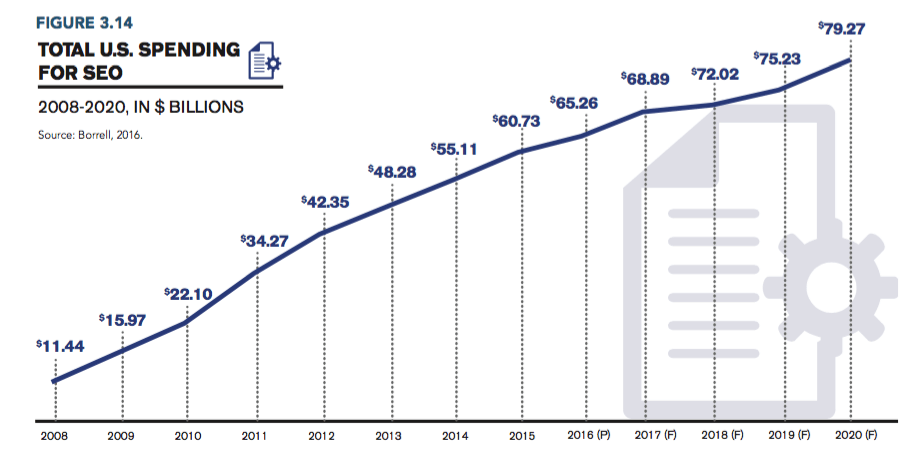
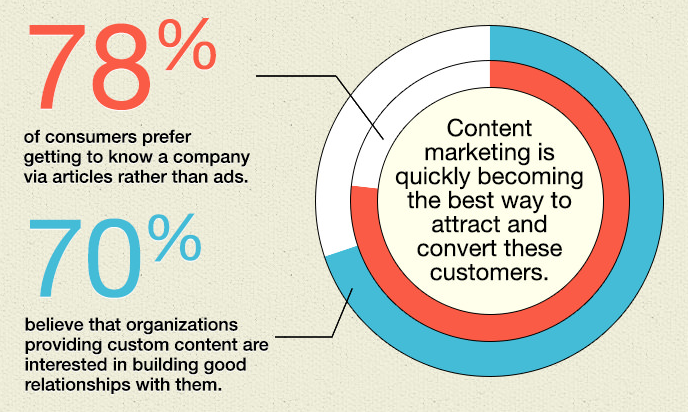

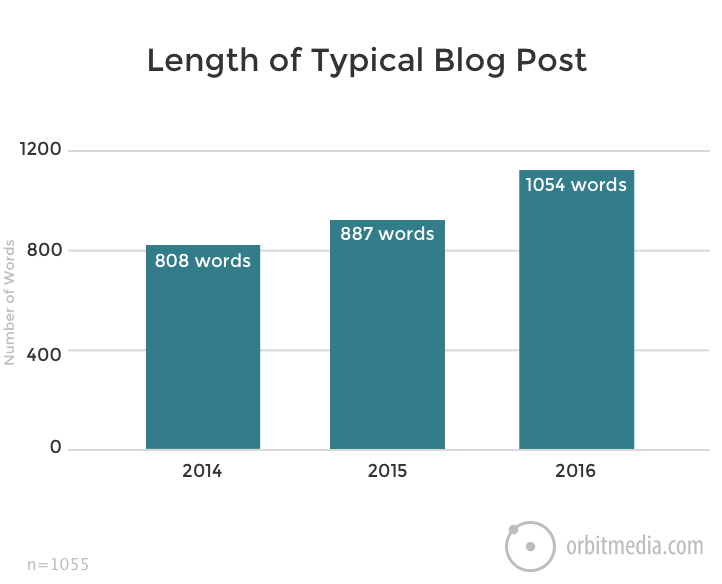
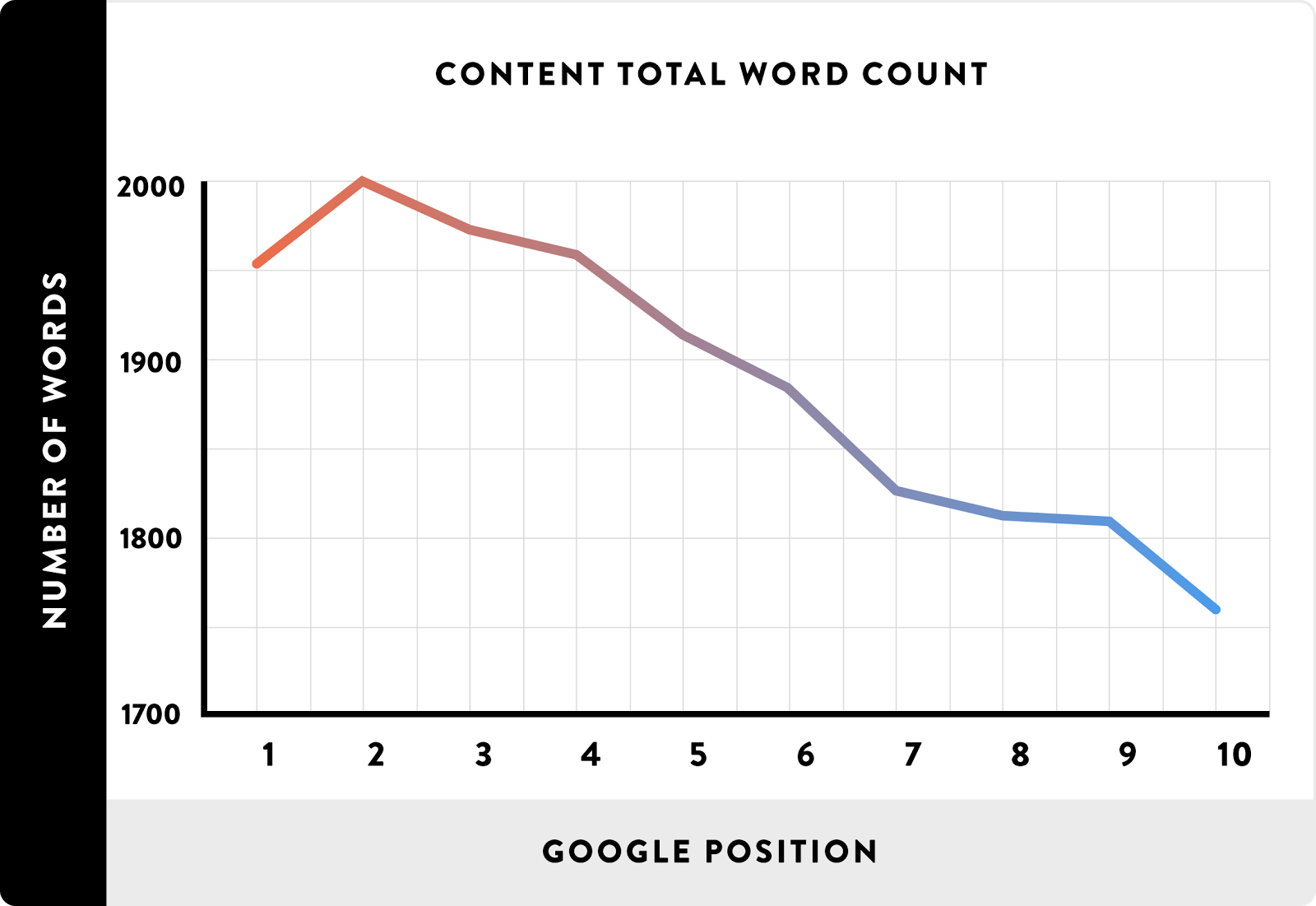


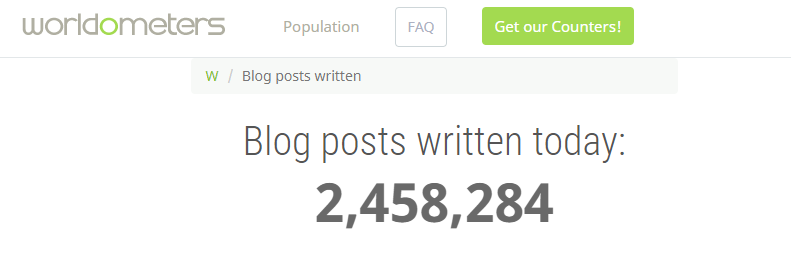
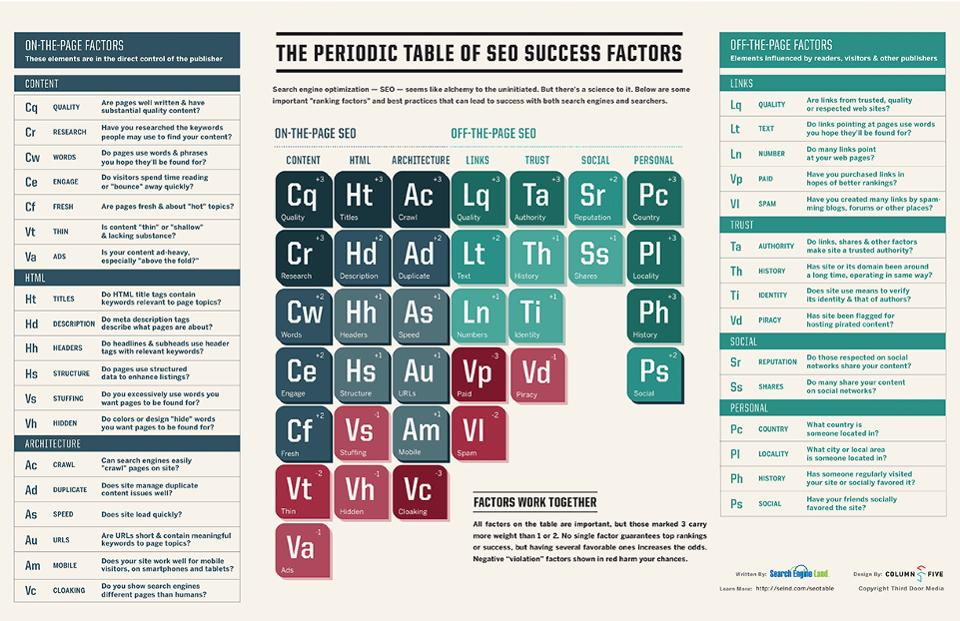
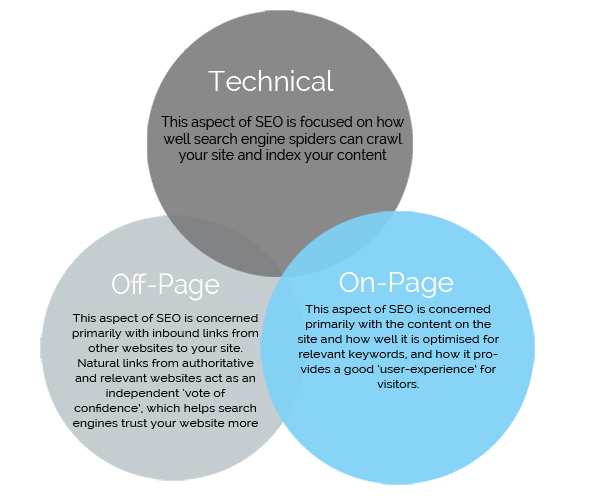

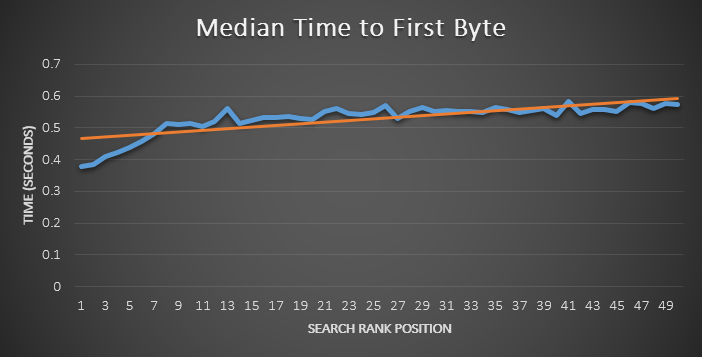
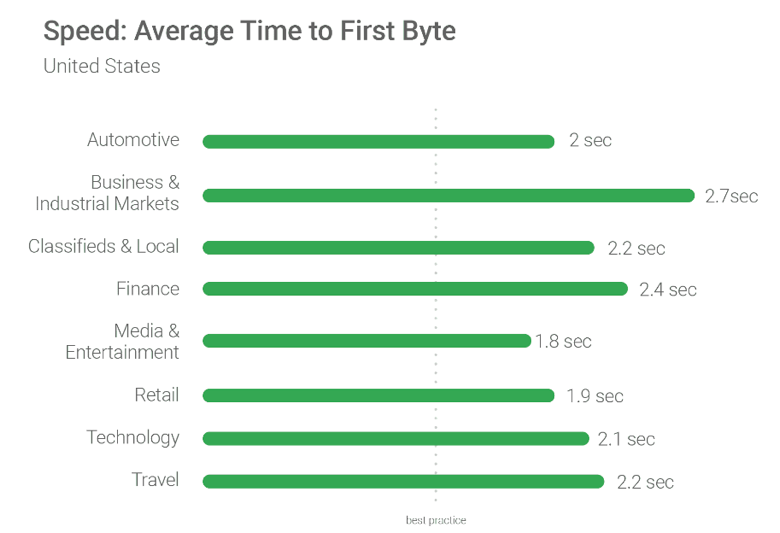




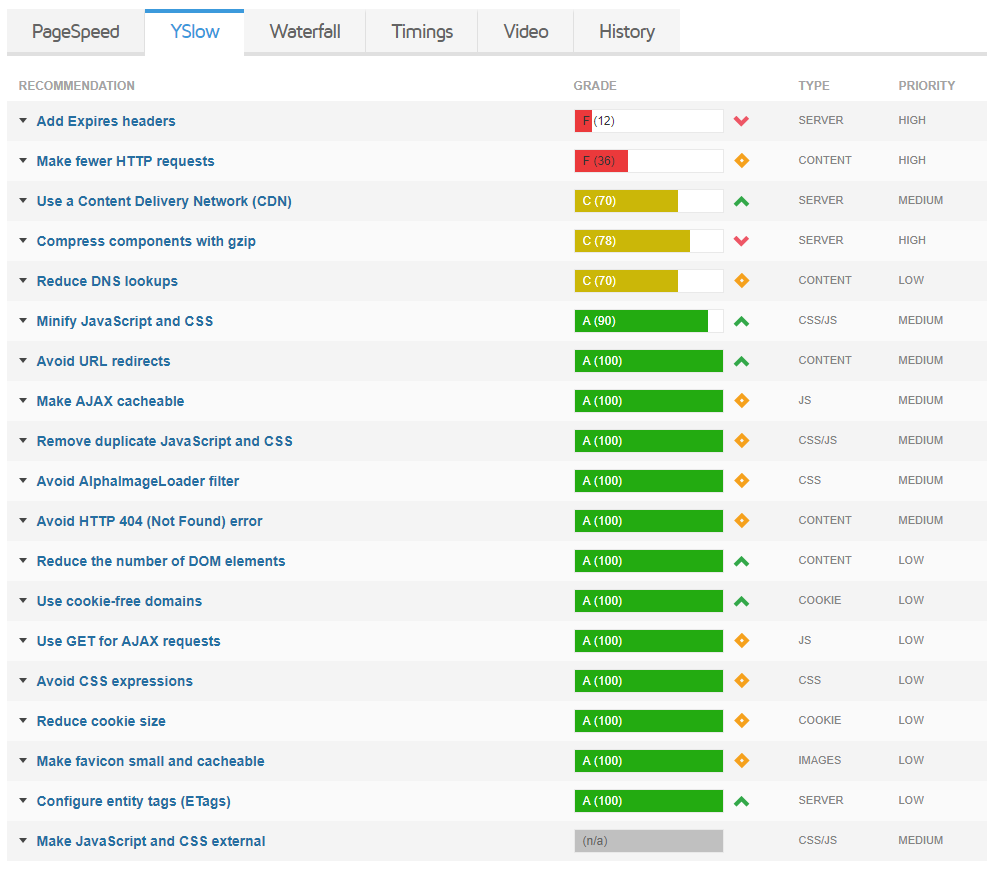
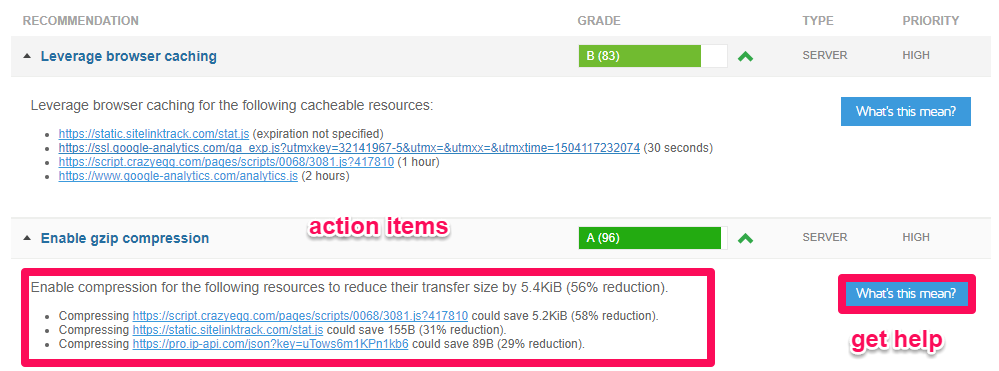
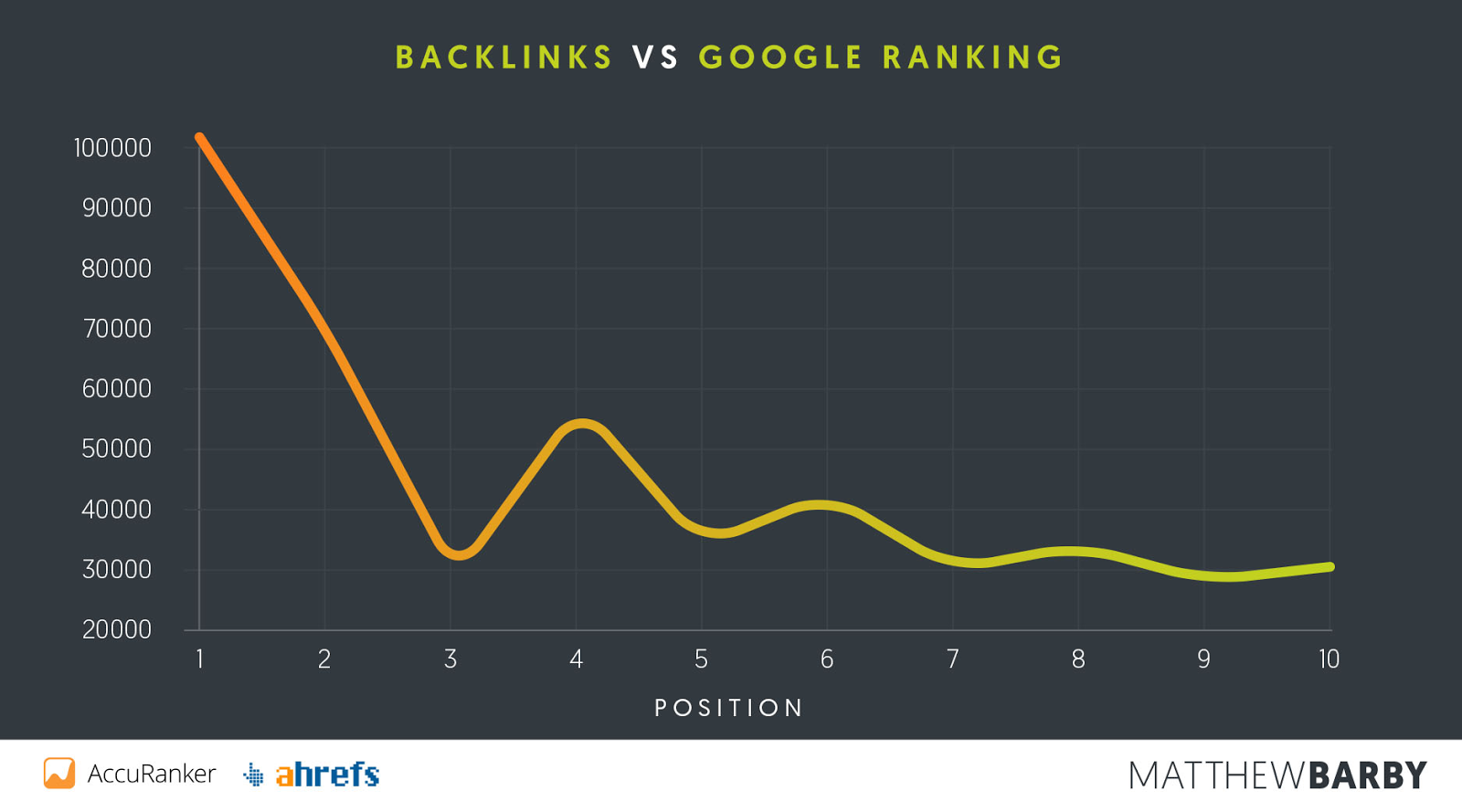





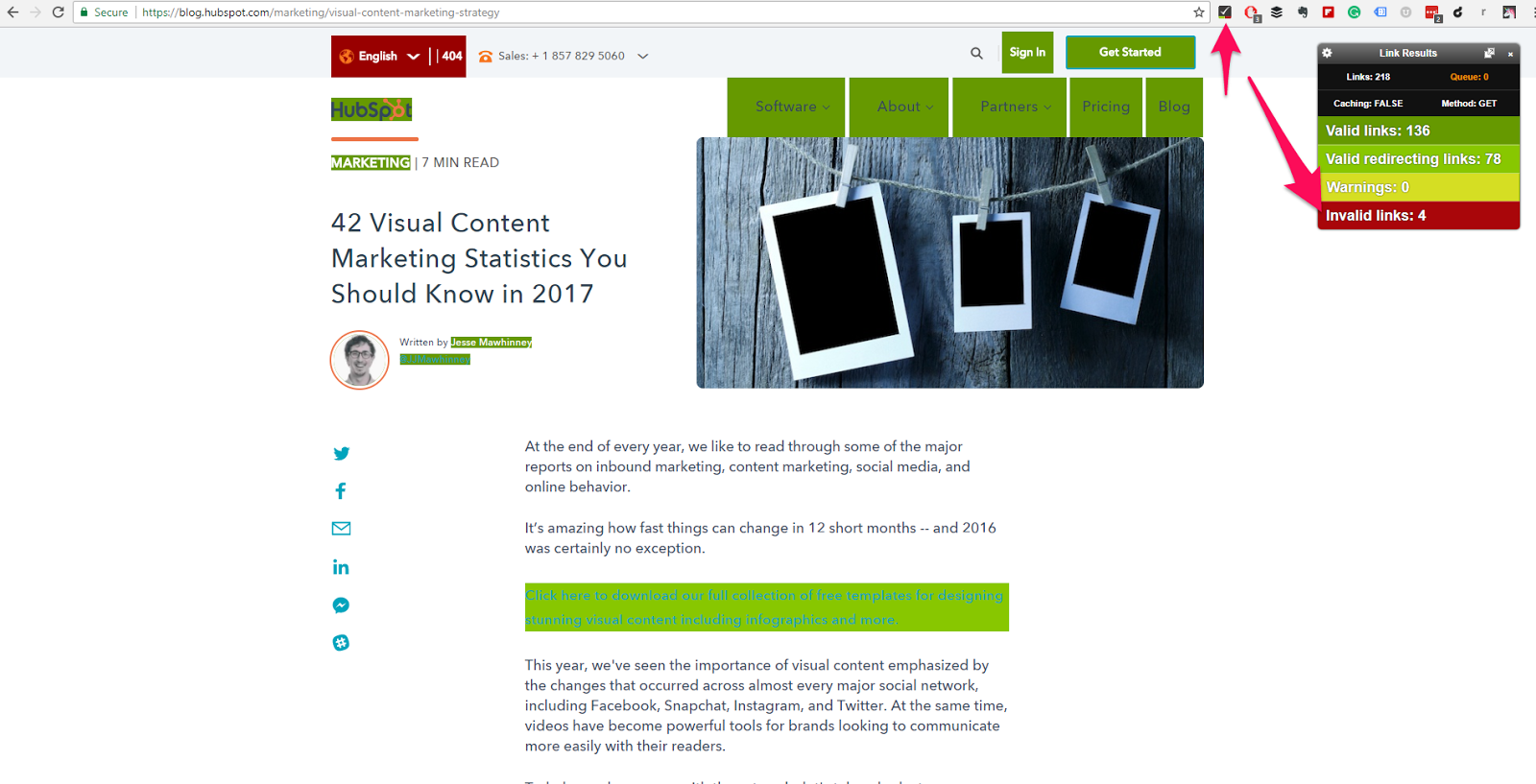


Comments (22)